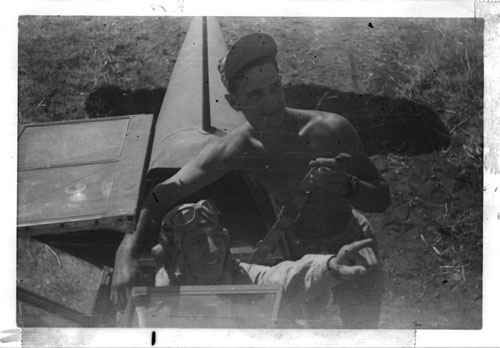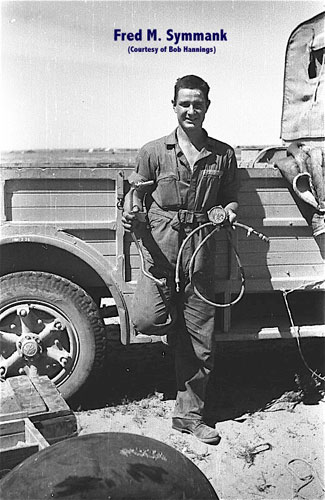
Fred W. Symmank, 65th Aircraft Maintenance Engineering Chief - He could fix it,
modify it, scrounge it, fabricate and make it. Pics courtesy his wife Dorothy.
Many more pics of Fred and his work in Bob Hannings picture collection, you’ll
start seeing them in the Liby/Tunisia/Gabes section. Enjoy!

I have no idea of the make of this Italian airplane. This airplane was hangered and guarded in the Italian hanger at Bari Italy. The same place the 4 engine B-17 type aircraft was taken a few days before by the 66th Squadron, then crashed it on landing.
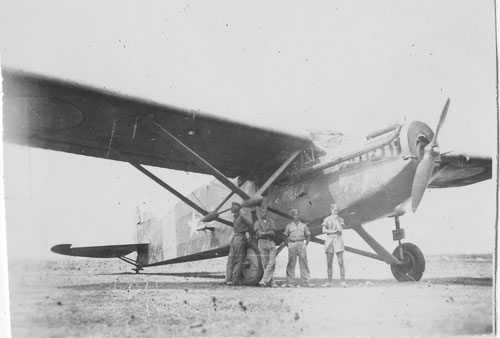
Our pilot not wanting to be out done by the 66th Squadron requested John
Seeman and myself to assist them in getting this aircraft out of the hanger, which
was guarded and made ready for flight.
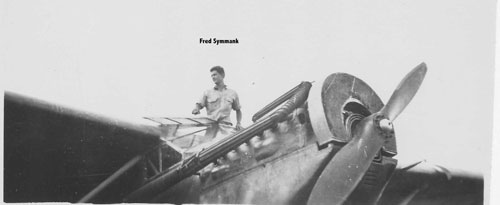
This aircraft was a bomber used by Italy to bomb Ethiopia during the war.
The bombs were dropped down tubes or thrown out of Dutch type doors. We did
bribe guards, mechanic and gas truck driver to get the airplane outside gassed, and
to learn how to start and operate engine. Much to my surprise it was an 18 cylinder started by air compressor starter.
Within an hour pilot Hunziker, Seeman and myself were in the air. Take off and
flying at 50 mph, the two other pilots were still negotiating for a view of the aircraft.
(Aircraft is a Caproni: Ca. 111)
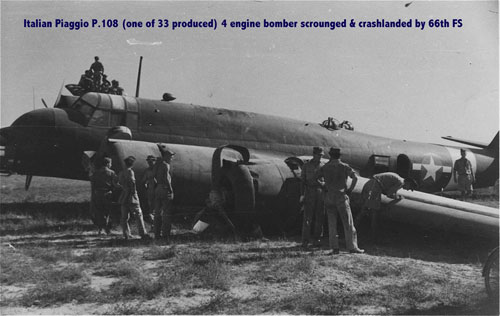
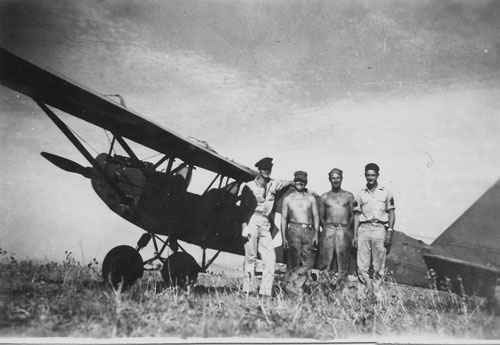
1944: This aircraft was found in an Italian barn disassembled with the
wheels and the horizontal stabilzer missing.
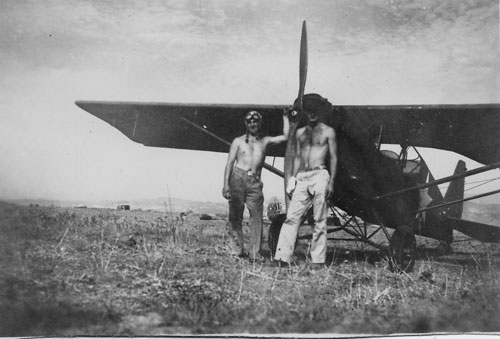
A pair of wheels from a Me-109 were fitted and worked well. A horizontal
stabilizer was taken from a crashed civilian Biplane and worked OK as far as we
knew, at least it was flyable.
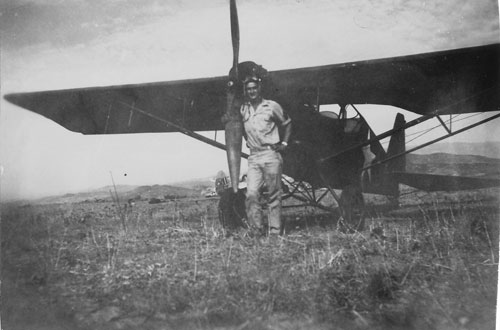
This was an old airplane in 1944. The engine was a 6 cylinder that had the
valve rocker arms exposed and had to be lubricated prior to each flight. Needless to
say that our goggles had to be cleaned often. We flew this aircraft for over 40 hours
before the engine failed in flight and had to be landed dead stick in to a mine field
that was unknown to the fliers until they safely walked to a near by road.
Crew: Engineering Chief Fred Symmank, Mechanics Howard Kern, John Seeman,
John Fellabaum.
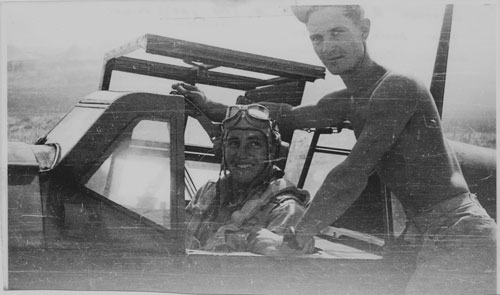
Sicily 1944: Fred Symmank helping Pilot Edward “Duke” Ellington into cockpit
for first flight of the Me 109. “German Me 109 Fighter Aircraft Project” – The Me
109 aircraft were captured on Scordia Airfield Sicily. Fred Symmank, Maintenance
Engineering Chief with a staff of mechanics were assigned the duty of making these
aircraft ready for flight. There were a total of 6 aircraft made ready and flown out
to the 65th Squadron Airfield. Pilot Edward “Duke” Ellington made the first flight.
One of the Me109 aircraft was made into a two seater with Fred Symmank being
the first passenger. The Me 109 was sent to Spain and used in their Air Force.
